
How common is altitude sickness in Cusco?
Planning a trip to Cusco and wondering about the risk of altitude sickness? Here is the truth about how common altitude sickness really is.
Cusco’s high elevation is a unique aspect of the journey, posing challenges for travelers not accustomed to such heights.
Questions like “How do I avoid getting sick in Cusco?” and “How do I prepare for the high altitude in Cusco?” are common.
The truth is, the prevalence of altitude sickness in Cusco is more significant than you might think, with over one-third of travelers experiencing symptoms. This condition can affect anyone, regardless of age or physical fitness, impacting both highly active individuals and those with a more sedentary lifestyle.
Table of Contents
How to handle Cusco altitude
By understanding and respecting the body’s need for acclimatization, prioritizing hydration, and using preventive strategies, travelers can confidently explore the Andes. This knowledge ensures a healthier and more enjoyable experience in Cusco and beyond.
Acute Mountain Sickness, when it does occur, typically presents within the first day of reaching high altitude, with symptoms including headache, nausea, fatigue, and difficulty sleeping.
Interestingly, a recent study showed a decrease in the incidence of altitude sickness in Cusco, dropping from nearly half of visitors in earlier reports to 37 percent.
This decline can be attributed to a revision in the diagnostic criteria. In 2018, the “Lake Louise Scoring System (LLS)” was updated to exclude sleep disturbances, a common symptom at high altitudes, which made the criteria for Acute Mountain Sickness more specific. This change likely accounts for the reduced reported incidence.
So basically, nearly half of the travelers visiting Cusco can expect to experience at least some altitude sickness symptoms, with one in five having their travel plans significantly affected.
More severe altitude sickness cases may take longer to manifest, between two to five days, and can include more serious symptoms.
This underscores the importance of understanding and preparing for the potential impact of altitude sickness on your journey.
It’s also important to know that gradually increasing your altitude in Peru before visiting Cusco is another great way to prevent yourself from getting altitude sickness symptoms. On our various Peru tours we do just this by visiting mid-level altitude destinations such as Nazca and Arequipa, which provide the perfect bridge for acclimatization between Lima and Cusco.
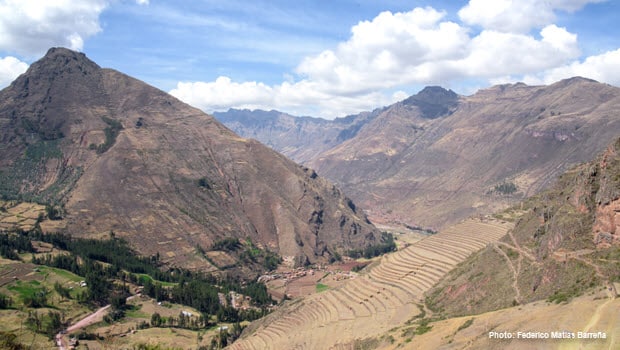
Understanding Altitude Sickness
Definition and Types
Altitude sickness refers to medical conditions that occur when ascending to higher altitudes too quickly, leading to difficulty adjusting to lower oxygen levels and air pressure changes. It is categorized into three types: Acute Mountain Sickness (AMS), High Altitude Pulmonary Edema (HAPE), and High Altitude Cerebral Edema (HACE).
Symptoms and Diagnosis
Symptoms of altitude sickness vary by severity. Acute Mountain Sickness symptoms, like headache, nausea, fatigue, and insomnia, typically appear within the first day at high altitude. High Altitude Pulmonary Edema and High Altitude Cerebral Edema are more severe, with symptoms such as ataxia, confusion, cough, dyspnea, and frothy sputum, usually emerging between two to five days after ascent. Diagnosis relies on recent high altitude exposure and symptom presence.
Causes and Risk Factors
Risk factors for altitude sickness include how high you go, how quickly you ascend, your personal sensitivity to altitude, alcohol consumption, and certain medications. If you’ve had altitude sickness before, you’re more likely to get it again.
Prevalence of Altitude Sickness in Cusco
Incidence Rates from Recent Studies
Recent studies show that Acute Mountain Sickness is common among travelers to Cusco, with over one-third reporting symptoms.
Comparative Analysis with Previous Data
The reported incidence of Acute Mountain Sickness has decreased from 49% to 37% in recent years, partly due to changes in diagnostic criteria. Despite this decline, nearly half of travelers to Cusco still experience Acute Mountain Sickness symptoms, significantly affecting their travel plans.
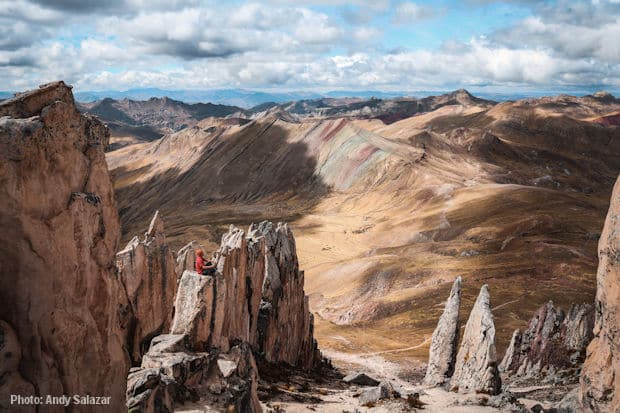
Factors Influencing Altitude Sickness among Travelers to Cusco
Factors contributing to altitude sickness include the rate of ascent, individual susceptibility, and certain health conditions. Flying directly from sea level to Cusco (3,400 m) in an hour increases the risk. Conditions like obesity, sleep apnea, and chronic obstructive pulmonary disease also elevate the risk. Pre-travel consultations and informed planning can reduce Acute Mountain Sickness incidence.
Prevention and Treatment Options for Travelers
Medical Consultation Before Travel
Consulting a healthcare provider before traveling to high altitudes is crucial, especially for those with pre-existing medical conditions. Individuals with heart or lung disease, diabetes, pregnant women, and those with conditions like sickle cell anemia and severe pulmonary hypertension should seek specialized advice.
Acetazolamide and Other Medications
- Acetazolamide helps speed up acclimatization and prevent Acute Mountain Sickness. A prophylactic dose is 125 mg every 12 hours, starting the day before ascent and continuing for the first 2 days at elevation.
- Dexamethasone is used to prevent and treat Acute Mountain Sickness and High Altitude Cerebral Edema and can help prevent HAPE.
- Ibuprofen, at 600 mg every 8 hours, helps prevent Acute Mountain Sickness, though less effectively than acetazolamide.
- Nifedipine and Phosphodiesterase-5 inhibitors like tadalafil are used for preventing and treating HAPE. Tadalafil at 10 mg twice a day during ascent can prevent HAPE.
Coca Leaf Tea: Popular Yet Controversial
Coca leaf tea, or Mate de Coca, is a traditional remedy for Acute Mountain Sickness in South America. Despite its popularity, scientific evidence supporting its effectiveness is limited. Coca leaves contain small, non-addictive amounts of alkaloids, but they can result in positive urine tests for cocaine metabolites. The legality of coca varies by country.
Impact of Altitude Sickness on Travel Experiences
Alterations in Travel Plans
Altitude sickness significantly affects travel plans, with one in five travelers experiencing symptoms that alter their itineraries. This can include staying in bed, missing tours, or changing plans altogether. The severity of Acute Mountain Sickness correlates directly with the disruption to travel plans. However the effects of altitude sickness are not so pronounced once travelers visit Machu Picchu, given this ancient citadel is located at a lower altitude of 2430m above sea-level, versus Cusco’s higher 3399m.
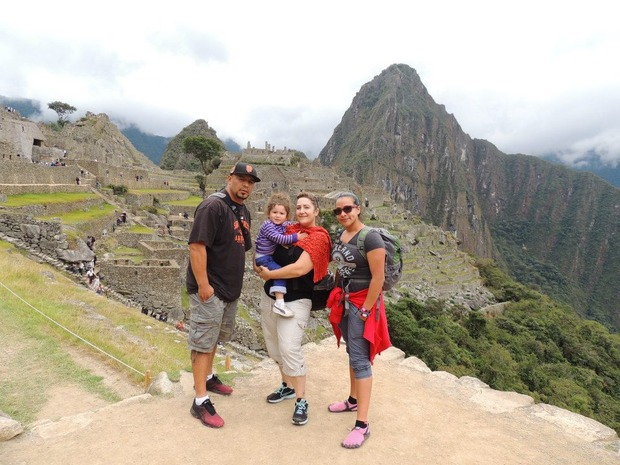
Healthcare Behaviors and Treatment Seeking
Most travelers opt for traditional remedies like coca leaf tea, though its efficacy is questionable. Only 24 percent use acetazolamide, and few seek medical advice. Pre-travel consultations increase the likelihood of using effective treatments like acetazolamide.
Advice for Future Travelers to Cusco
To reduce the impact of altitude sickness, travelers should receive pre-travel health advice, acclimatize gradually, stay hydrated, and avoid alcohol. Preventive measures include hypoxic training, monitoring oxygen saturation levels, and considering medications like acetazolamide or ibuprofen.
Avoiding Altitude Sickness with Fertur Travel
Are you looking to explore Cusco and the rest of Peru? Here at Fertur Travel we have created custom tours that visit the very best highlights of Peru, which are designed in such a way that minimize your chances of getting altitude sickness (by gradually increasing elevation each day). Take a look at our very best Peru tour now, and live out your dream travel experience with us!
 TIPS FOR THE “FERTUR PERU TRAVELER” #101 & #102 :
TIPS FOR THE “FERTUR PERU TRAVELER” #101 & #102 :  The secret to knowing a real baby alpaca sweater in Peru
The secret to knowing a real baby alpaca sweater in Peru 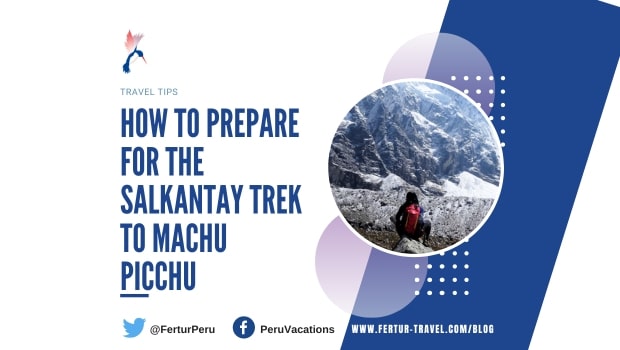 How to Prepare for the Salkantay Trek to Machu Picchu
How to Prepare for the Salkantay Trek to Machu Picchu 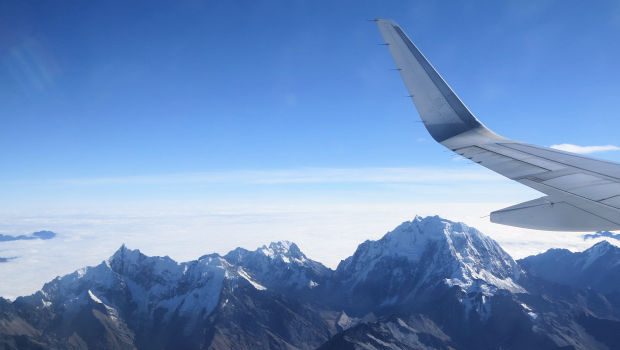 Best airline for stunning ice peak mountain views during flight to Cusco
Best airline for stunning ice peak mountain views during flight to Cusco 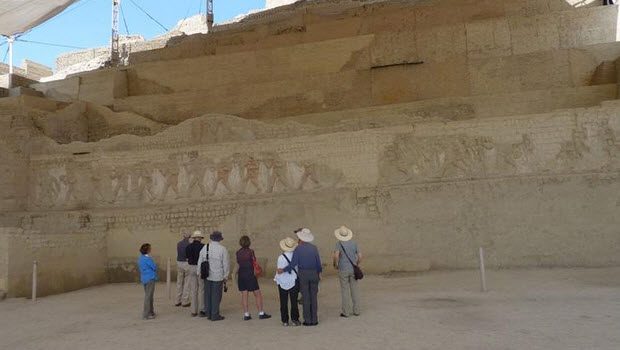 When the rains come early to Cusco, consider the Moche Trail alternative
When the rains come early to Cusco, consider the Moche Trail alternative  Volunteering and donating for positive change in Peru
Volunteering and donating for positive change in Peru  10 Essential Travel Apps For Your Peru Vacation
10 Essential Travel Apps For Your Peru Vacation 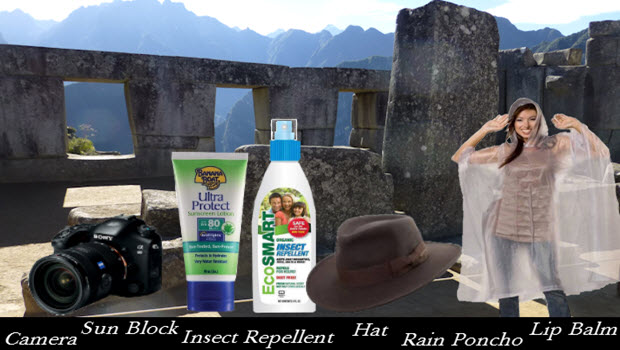 What should I carry in my backpack to go to Machu Picchu?
What should I carry in my backpack to go to Machu Picchu?